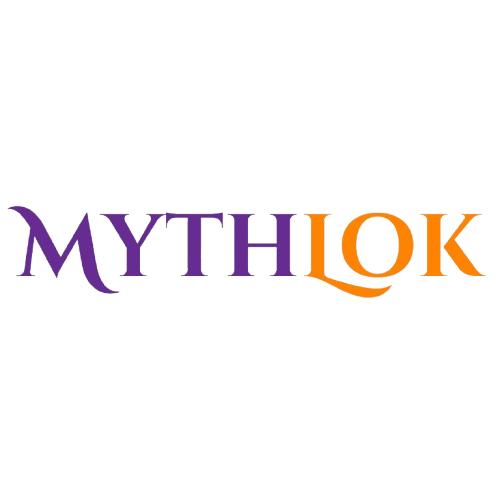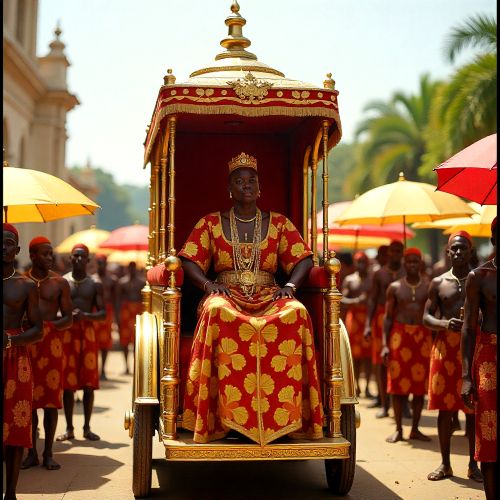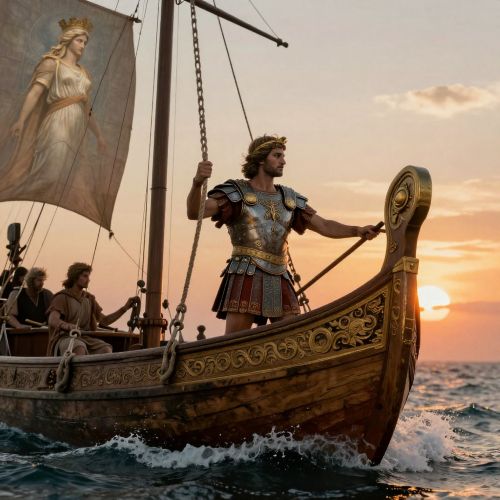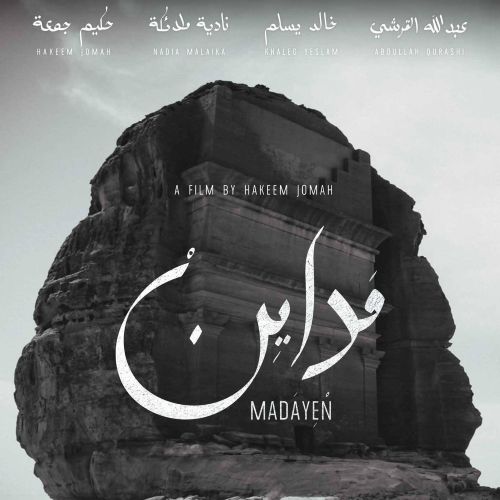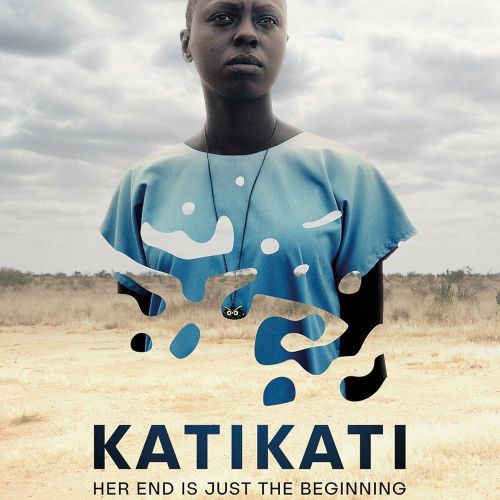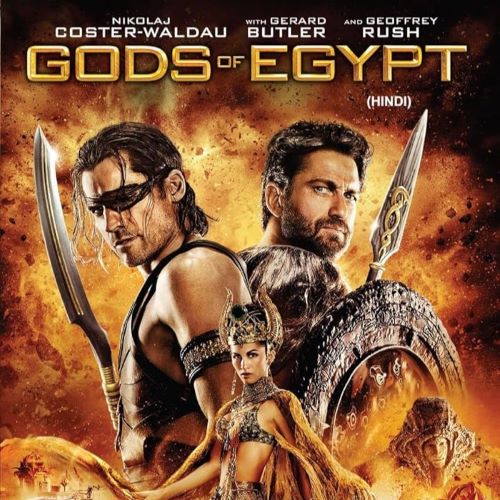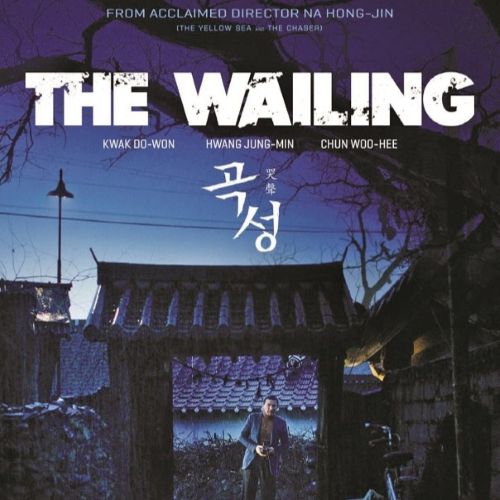Moana (2016)
| Description | |
|---|---|
| Country of Origin | United States of America |
| Language | English |
| Genre | Animated |
| Cast | Dwayne Johnson, Auliʻi Cravalho |
| Directed by | John Musker, Ron Clements |
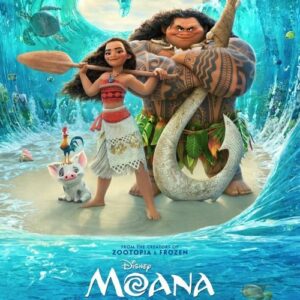
Disney’s Moana (2016) is a visually stunning animated film that blends Polynesian mythology with an adventurous coming-of-age tale. Directed by Ron Clements and John Musker, the film follows Moana, a spirited young girl destined to become the chief of her island, as she embarks on a daring journey across the ocean to restore the heart of Te Fiti. Beyond its vibrant animation and catchy music, Moana is deeply rooted in Polynesian myths, drawing from various oral traditions of the Pacific Islands. Disney took significant steps to incorporate authentic elements from Polynesian culture, enlisting cultural advisors from Samoa, Tonga, Tahiti, and New Zealand to shape the film’s narrative.
One of the most prominent mythological figures in Moana is Maui, the shape-shifting trickster demigod. In Polynesian mythology, Maui is known for his incredible feats, such as fishing up entire islands, slowing down the sun, and granting humanity fire. In the film, voiced by Dwayne “The Rock” Johnson, Maui retains his boastful and mischievous nature, sporting magical tattoos that recount his legendary deeds. While Moana takes creative liberties, such as portraying Maui as a burly, comedic figure rather than the youthful, clever hero of legend, his role as a divine culture-bringer aligns with Polynesian lore.
Te Fiti, the life-giving goddess, is a Disney invention but is loosely inspired by Polynesian earth deities like Papahānaumoku (Hawaiian) and Papatūānuku (Māori). The film’s depiction of Te Fiti as an island that transforms into the fiery demon Te Kā echoes the Polynesian duality between creation and destruction. This theme reflects traditional beliefs about balance in nature, where deities often embody both nurturing and wrathful aspects. Similarly, the ocean itself is portrayed as a sentient force, which aligns with Polynesian cultural beliefs that view the sea as both a life-giver and a powerful entity deserving of respect. In Moana, the ocean actively guides the protagonist, mirroring myths in which the sea interacts with heroes, either assisting or testing them.
A central aspect of Moana is the revival of wayfinding, the ancient Polynesian navigation system using stars, wind, and ocean currents. The film pays homage to real voyaging traditions, particularly those of the Māori and other Pacific Islanders, who traversed thousands of miles across the ocean long before European explorers. Moana’s journey is also guided by her ancestors, much like how oral traditions and ancestral wisdom played a vital role in Polynesian navigation and survival. While Moana does an admirable job of incorporating Polynesian mythology, it does take some creative liberties. The film condenses various myths into a single narrative, and Maui’s characterization deviates from traditional stories. Additionally, some elements, like the coconut-wielding Kakamora, seem more fantasy-driven than mythologically accurate. However, the film’s heart lies in its respect for Polynesian culture, and its themes of environmental stewardship, self-discovery, and connection to ancestry resonate deeply with real-world traditions.
From its mythological motifs to its breathtaking depiction of Polynesian culture, Moana stands out as one of Disney’s most culturally rich films. While it blends folklore with artistic interpretation, it successfully introduces audiences to the wonders of Polynesian mythology. With its compelling heroine, reverence for nature, and authentic representation of oceanic voyaging traditions, Moana is a beautiful celebration of a vibrant and enduring mythology.

